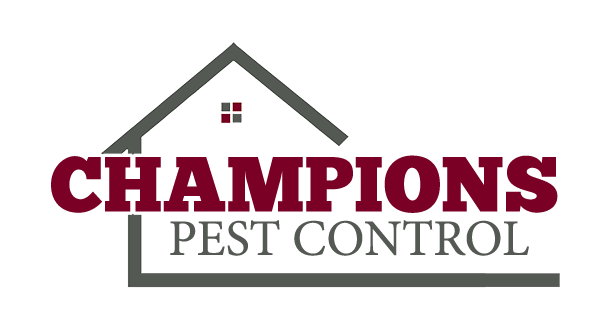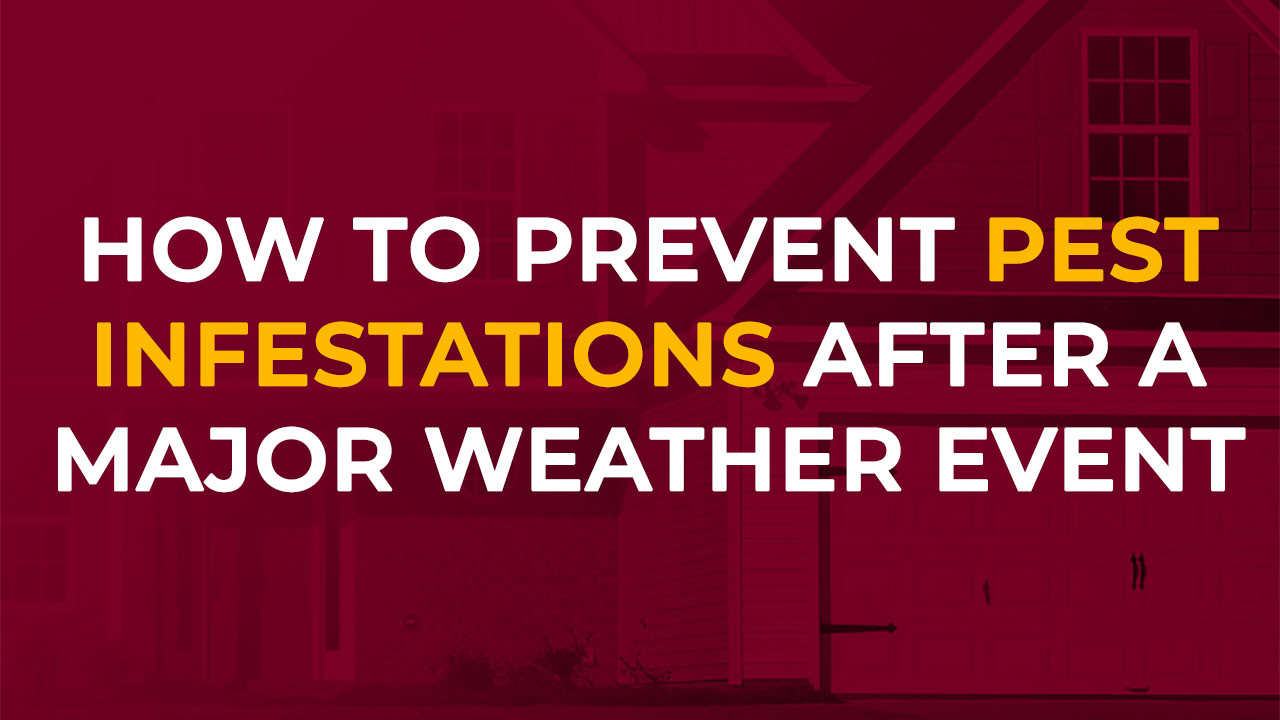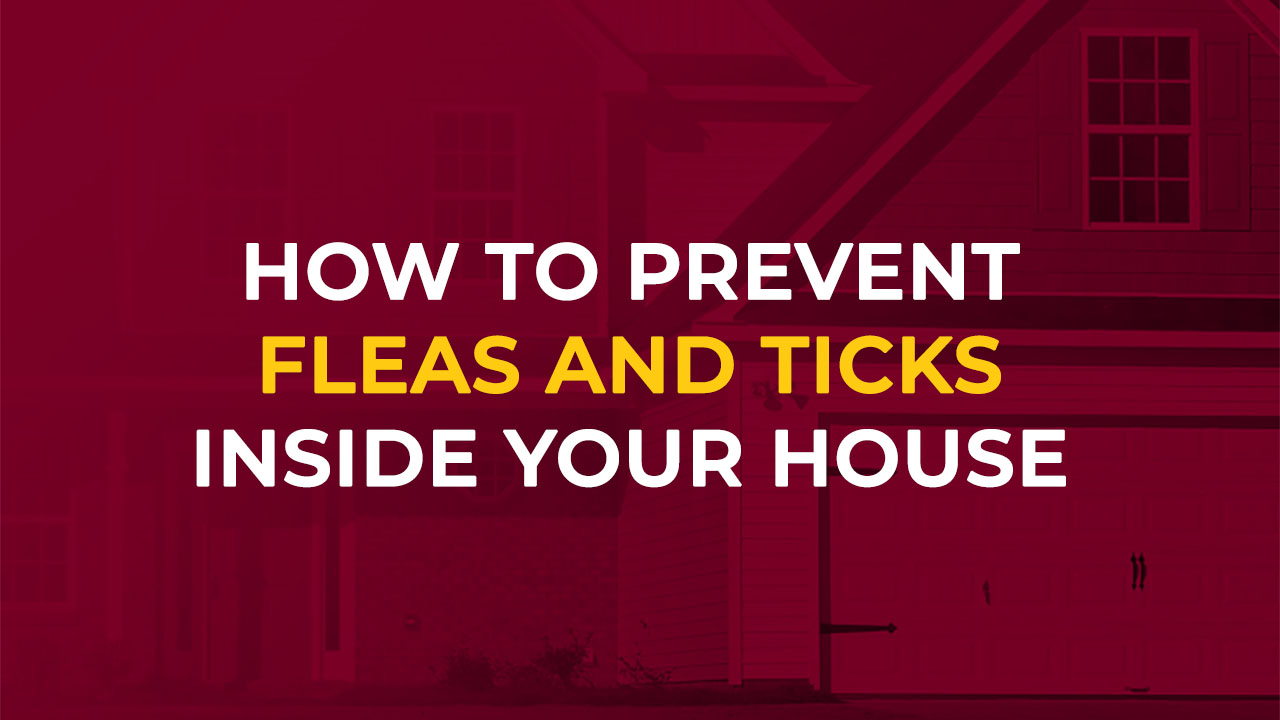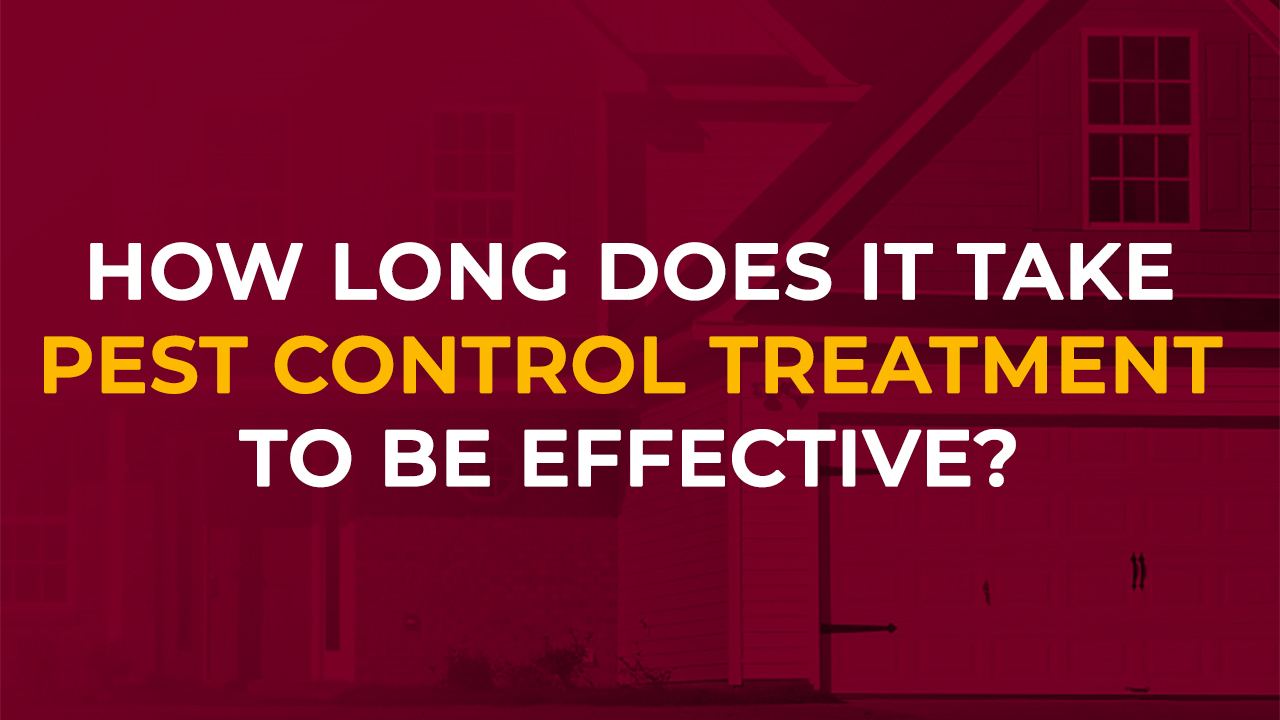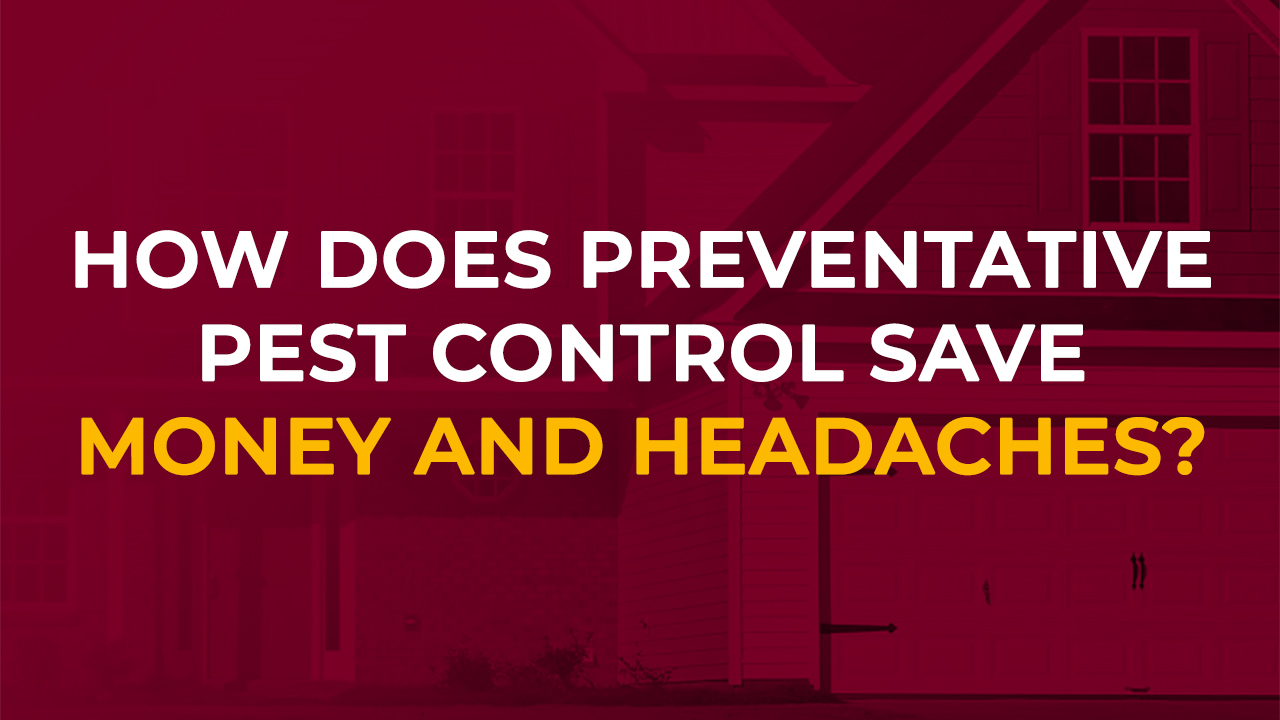Guide to Preventing Pest Infestations After a Storm
After a major weather even such as a hurricane or tropical storm, recovery means rebuilding and making sure the living environment is safe and healthy.
After bad weather, pests thrive in Houston. It’s important to be proactive in controlling them. This guide helps protect your property from pests. It stresses the need for quick action and regular maintenance.
Clearing Debris and Ensuring Dryness
After a hurricane, there is usually a significant amount of debris. This debris can attract pests and create damp conditions that are ideal for their growth and survival. Taking prompt and thorough action is essential for minimizing these risks.
Step-by-Step Actions:
- Comprehensive Property Evaluation: Begin with a detailed inspection of your entire property. Identify not just the obvious debris but also any water damage or hidden accumulations that could attract pests. Also, look for any signs of pest infestation.
- Detailed Debris Clearance: Focus on removing not just the large, visible pieces of debris but also smaller items that could become pest habitats. Pay particular attention to organic debris, which can decompose and attract a variety of pests.
- Moisture Control: Employ strategies to ensure all areas of your property can dry efficiently. To dry things faster, use dehumidifiers, fans, and make sure there is good air flow, especially in closed areas.
Advanced Water and Flood Management
Standing water is a critical concern post-hurricane, serving as a breeding ground for mosquitoes and other pests. Addressing this challenge requires both immediate remedial actions and strategic long-term solutions.
Comprehensive Water Management:
- Implement Flood Defenses: Beyond reactive treatment plans like pumping out water, consider installing permanent flood defenses such as backwater valves and flood barriers.
- Landscaping for Drainage: Enhance your property’s landscaping to facilitate better drainage. Techniques like creating swales, and rain gardens, and incorporating absorbent landscaping materials can significantly mitigate water accumulation.
- Infrastructure Improvements: Evaluate and upgrade your property’s drainage systems. This could involve installing additional drains, improving gutter systems, and ensuring that landscaping does not direct water toward your home.
Strategic Removal of Fallen Trees and Limbs
The task of removing fallen trees and limbs is crucial not only for immediate safety but also for preventing future pest issues. Strategic planning can make a significant difference in mitigating pest risks.
Proactive Debris Management:
- Engage in Preventative Tree Care: Regular maintenance and inspection of trees can prevent many issues before they occur. This includes professional pruning, disease management, and stability assessments of trees close to buildings.
- Reevaluate Landscaping Choices: When replanting, select flora that is not only resistant to pests but also less likely to be uprooted or damaged in future storms. Consult with landscaping experts to choose species that are robust and suitable for your area’s climate and soil conditions.
Enriching Pest Prevention Strategies
Effective pest control in Houston following a hurricane or major storm involves a combination of immediate actions and ongoing preventive strategies. Ensuring your property is less attractive to pests such as removing food sources and nesting areas requires attention to detail and consistency.
Enhancing Your Pest Defense Arsenal:
- Comprehensive Sealing and Proofing: Conduct a thorough assessment of your home for potential entry points for pests. Seal gaps and cracks in foundations, walls, and around windows and doors with durable materials.
- Adopt Natural Pest Repellents: Incorporate natural repellents into your landscaping. Plants like lemongrass, peppermint, and catnip can deter pests naturally while enhancing your garden’s aesthetics.
- Embrace Biological Control Methods: Consider introducing natural predators to your garden, such as ladybugs for aphid control or bats for mosquito management. These biological control methods can provide long-term benefits in maintaining the ecological balance of your property.
- Invest in Regular Maintenance and Inspections: Establish a routine that includes regular pest control solutions for pests and their signs. Early detection and intervention can prevent minor issues from escalating into major infestations.
Key Components of a Preventative Pest Maintenance Program:
- Regular Inspections: Schedule professional pest inspections at least twice a year. These inspections should be thorough, covering both the interior and exterior of your property, to identify potential pest entry points, signs of pest activity, and conditions conducive to infestations.
- Customized Treatment Plans: Based on the inspection findings, a pest control professional can develop a customized treatment plan. This plan may include targeted treatments for existing pests, as well as preventive measures to protect against future infestations. Treatment plans should be adaptable, taking into account seasonal pest trends and any changes in your property’s condition.
- Physical and Cultural Controls: Implement physical and cultural pest control strategies as part of your maintenance program. This could involve sealing cracks and gaps in the exterior of your home, maintaining a clean and clutter-free yard, managing vegetation to avoid contact with your home, and ensuring proper drainage to eliminate standing water.
- Chemical Controls: When necessary, use chemical controls as part of an integrated pest management approach. Chemical treatments should be selected and applied judiciously, focusing on targeted areas and using products that minimize risks to humans, pets, and the environment.
- Education and Awareness: Stay informed about common pests in your area and their life cycles, behaviors, and preferred habitats. Understanding the pests you’re most likely to encounter can help you take early action to prevent infestations. Additionally, educate all household members about best practices for pest prevention, such as proper food storage, waste management, and the importance of reporting signs of pests.
- Ongoing Communication with Pest Control Professionals: Maintain open lines of communication with your pest control provider. Regularly discuss the effectiveness of the current pest management strategies and any concerns or new pest sightings. A good partnership with your pest control professional is key to the success of a preventative pest maintenance program.
Champions: The Pest Control Experts Houston Trusts
Contact Champions Pest Control today to learn more about our pest control services and how we can assist in your post-hurricane or major storm recovery efforts. Leave the burden of pest problems to an actual pest control company. This allows you to focus on rebuilding and restoring your home to its pre-storm condition rather than trying to rid your home of pests yourself.
